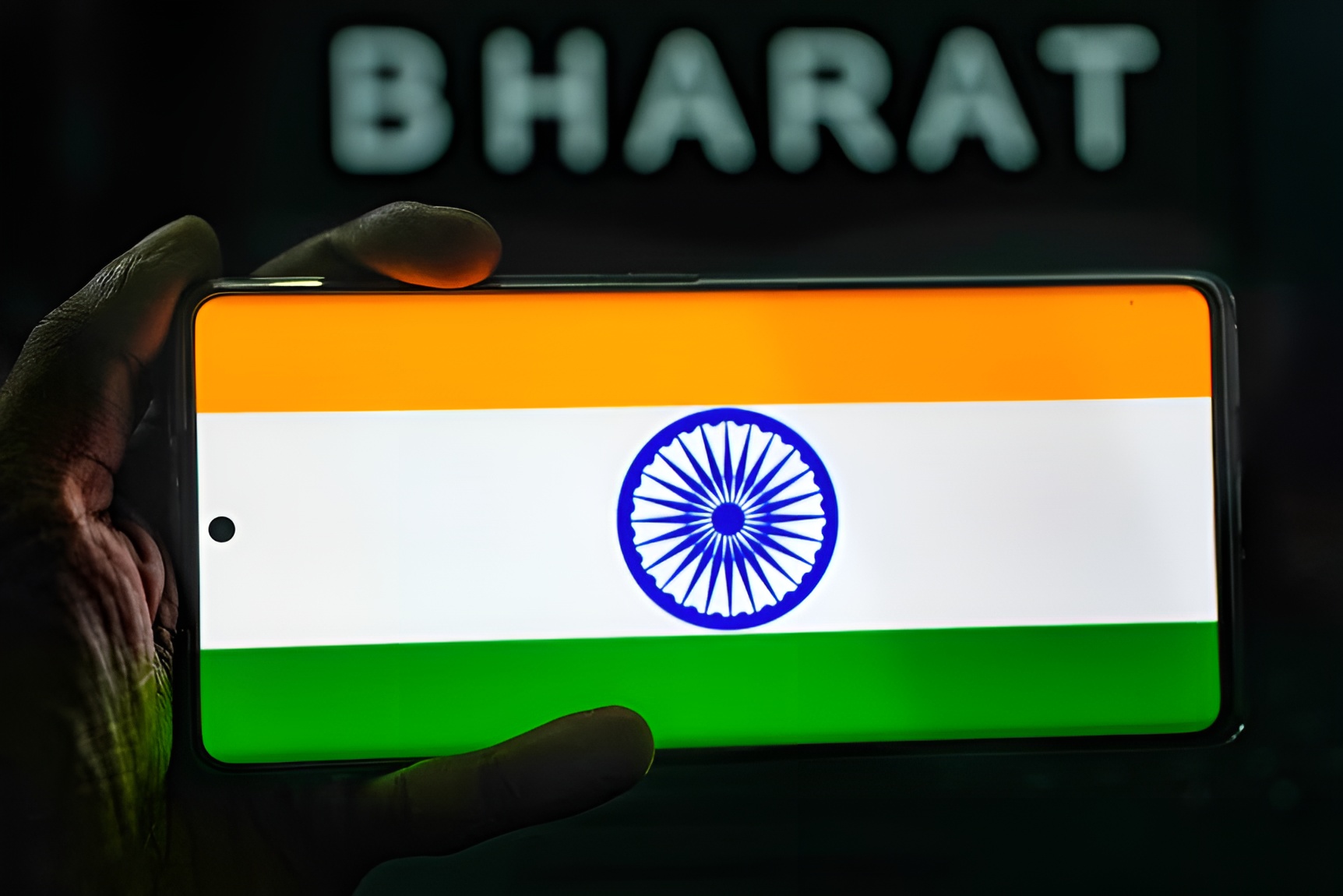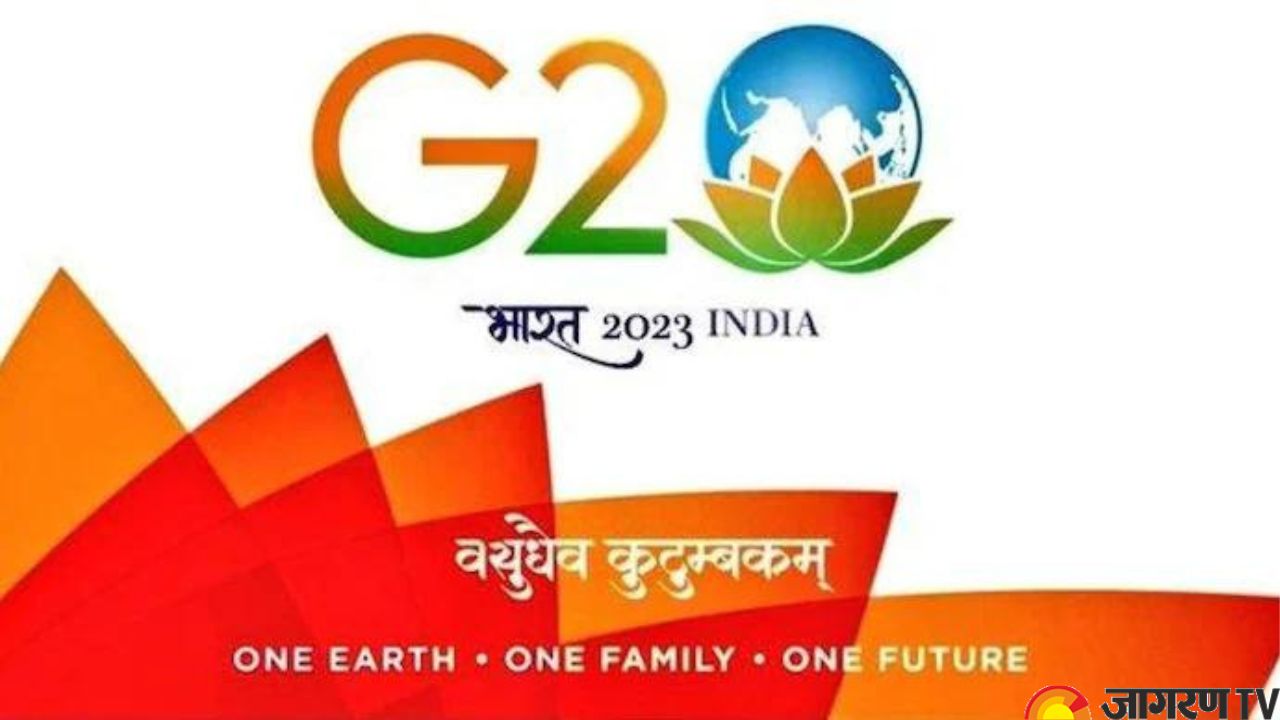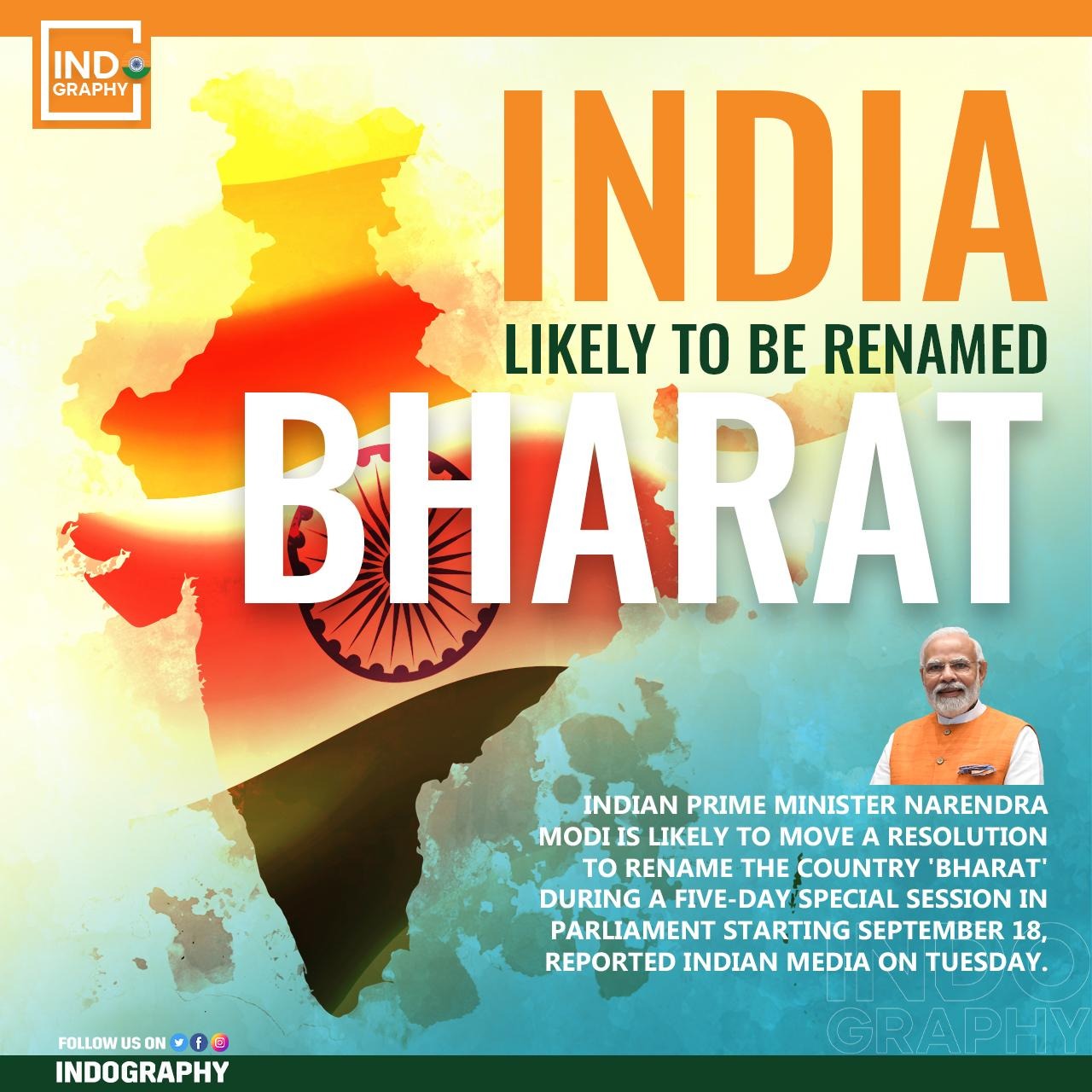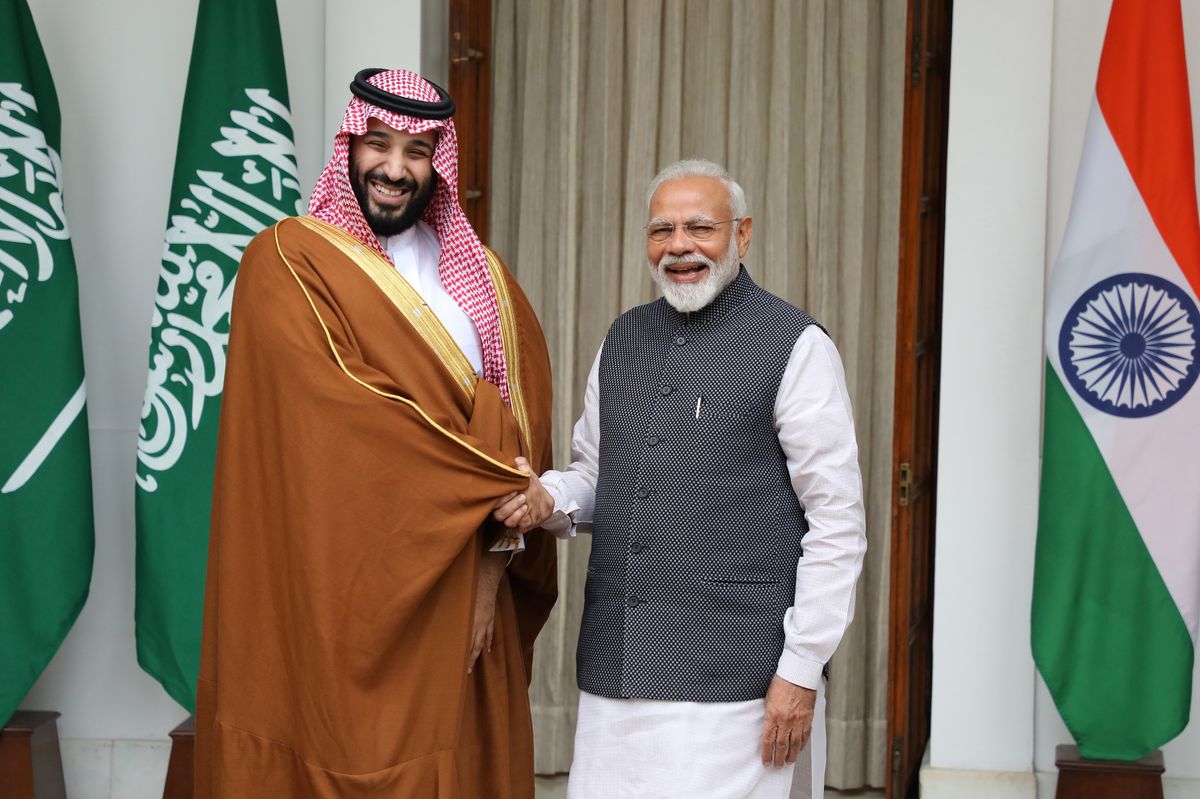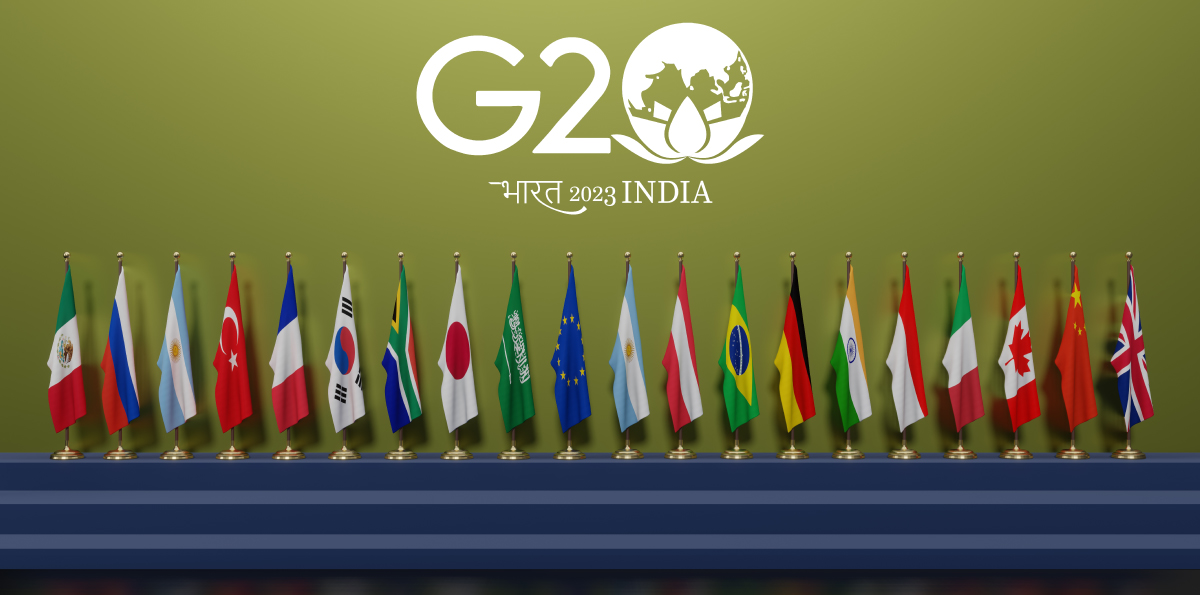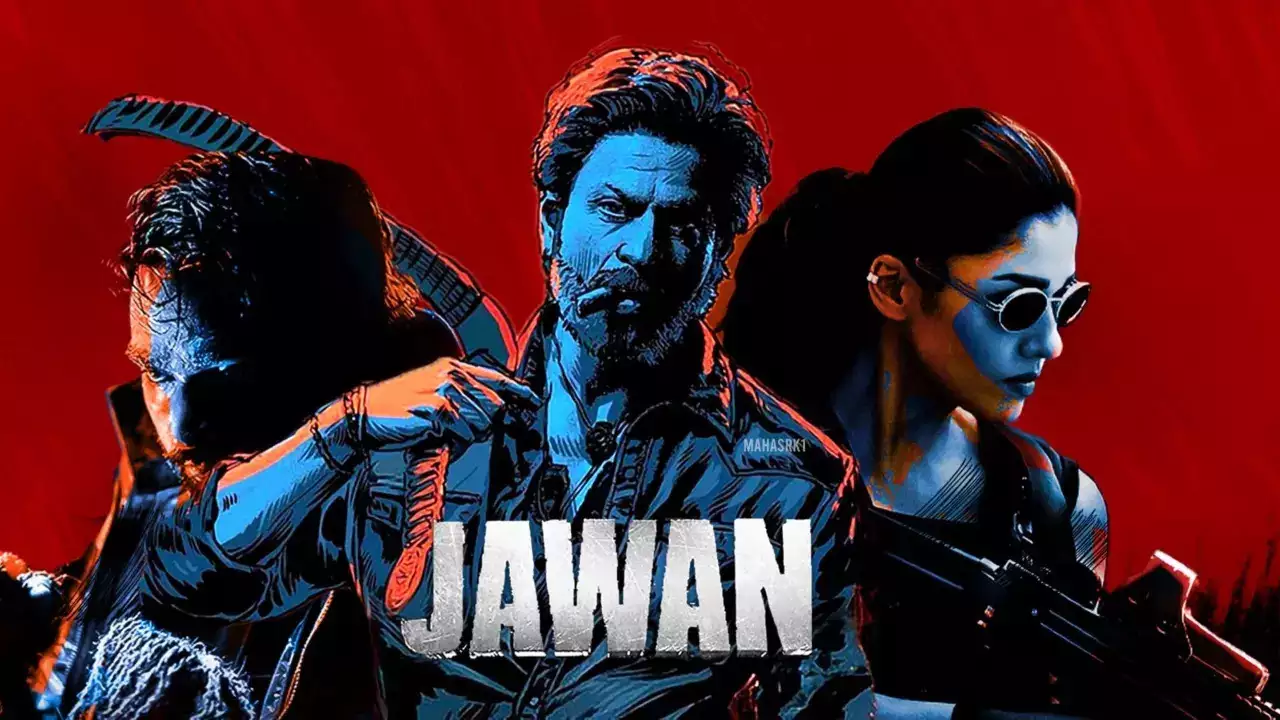In November 2019, the Supreme Court of India issued a landmark decision regarding the Ayodhya dispute, resolving a decades-long disagreement over ownership of a sacred site that is extremely important to both Hindus and Muslims. The verdict sought to resolve a controversial problem, but unintentionally, it unlocked a Pandora’s box of concerns about the distinctions between legality, religion, and history. In addition to changing India’s sociopolitical environment, the Ayodhya verdict’s aftermath has also paved the way for a number of legal challenges against other mosques throughout the nation.
The Babri Masjid, a mosque from the Mughal era that Hindus believe was built on Lord Ram’s birthplace, was at the center of the Ayodhya conflict. For generations, the location has served as a catalyst for conflict and racial friction. Extremist Hindus destroyed the Babri Masjid in 1992, sparking large-scale riots and escalating the conflict.
In Indian history, the Supreme Court’s decision in November 2019 was a turning point. It decided in favor of the Ram Temple’s building at the contentious location and allotted a different plot of land for the construction of a mosque. In an effort to achieve a compromise, the verdict unintentionally spawned a number of discussions and difficulties that went well beyond Ayodhya.
A few incidents provide harsh reminders of the interplay of religion, politics, and the law throughout India’s history. One such intricate thread woven into the fabric of the country is the debate around the Gyanvapi Mosque. We must first go back in time to the Babri Mosque in Ayodhya and the turbulent court ruling that followed in order to comprehend the origins of this controversy and its relevance in contemporary society.
In addition to redefining the boundaries between history, religion, and law, the Ayodhya verdict’s aftermath also paved the way for several legal challenges against other mosques, including the one at Gyanvapi. This article explores these many layers, analyzing how court rulings affect religious systems and the broader ramifications for a country aiming for social cohesion and sustainable progress.
The Supreme Court’s decision in the Ayodhya case wasn’t only about property; it also included the Babri Masjid’s destruction, an act of political and religious violence. By ruling in favor of the Hindus, the court disregarded the fundamental tenets of restitution, which state that parties must, whenever feasible, be put back in their former places. The matter could have been resolved, and the status quo that existed prior to the demolition could have been ordered by the court, but it chose not to do so.
The ‘temple reclaiming’ movement was stoked by the court’s (in)action, and the results of that movement are now clear. Taking legal action is now the first step in temple reclamation. It was anticipated that the Ayodhya ruling would resolve the law and prevent any further lawsuits or controversies from arising. The Vishwa Hindu Parishad (VHP), however, has never relented in its insistence that Hindu temples be built at Varanasi, Mathura, and other locations.
In her book AZADI: Freedom, Fascism, and Fiction, Arundhati Roy observes that “the VHP has refused to back down on its past statements that it will turn its attention to other mosques. Since everyone originated somewhere and everything is based on something, their campaign may never stop.
The Places of Worship [Special Provisions] Act of 1991, which was enacted in the midst of the Babri Masjid conflict in 1991, is currently being challenged in court for its constitutionality. In order to retain its original character from India’s period of independence, the legislation prohibits the conversion of any house of worship. The Act is still in place and is still in effect, even though it was contested before the Supreme Court.
However, five Hindu women petitioned a Varanasi court in April 2022, asserting their right to worship since they claimed a shivling was located beneath the Gyanvapi Mosque, which Aurangzeb built after destroying a temple. After a May 2022 order for an archaeological investigation of the mosque, it was supposedly discovered that a shivling-like object had been hidden inside the wazukhana (ablution pond).
As a result, a directive was issued stating that namaz would not be permitted in the mosque; however, the Supreme Court issued a directive restoring namaz offering and wazukhana preservation, instructing the Varanasi district judge to consider the case.
The Masjid administration opposed the petition of those five ladies on the grounds that it was unmaintainable given the existence of the Places of Worship Act, 1991, which forbids the conversion of any place of religious worship (Section 3 of the Act).
This argument was rejected by the district judge because, according to his decision, the Act does not prohibit the assessment and ascertainment of the house of worship’s nature, which is what is being questioned in this petition. This interpretation of Section 3 supplied by the district judge is sufficient to trigger a wave of legal disputes.
Additionally, the State of Uttar Pradesh passed a law in 1983 called the Uttar Pradesh Sri Kashi Vishwanath Temple Act, which includes a definition of a temple in Section 4 [9] and applies to the Varanasi-based Adi Vishweshwar temple, also known as Sri Kashi Vishwanath temple. Therefore, according to this law, the Gyanvapi Mosque should be regarded as a temple. The 1991 Act is still in effect and must be abided by while the Supreme Court decides whether it is constitutional.
More than a dozen cases center around the Shahi Idgah Mosque in Mathura. Following the Ayodhya ruling, the first of these cases was brought. The petitioners asked for a comparable video assessment of the mosque based on the court’s ruling in the Gyanvapi case, and the local Mathura court agreed to hear the request. As can be seen from the aforementioned examples, the courts appear to be creating a body of lawless jurisprudence on religious conversions.
The need to honor the majority faith may be one reason why courts appear sympathetic to the Hindu case. They might also believe that even if they uphold the law, people will still be compelled to give in to social pressures, as was the case in Sabarimala, where pressures from the community ultimately caused only two women to enter the temple with government assistance in the middle of the night, sparking a series of attacks. But whereas a crazed crowd can instantly destroy the mosque, the temple could not have been built without the support of the state and the court.
Following the destruction of the Babri Masjid in early 1993, what were at the time referred to as “serial bomb blasts” in Mumbai began to be referred to as “terrorist attacks” following the attack on the New York City twin towers in 2001. After the Babri Masjid was destroyed, India had numerous terrorist attacks, notably the one in Mumbai in 2008.
The Babri Masjid demolition resulted in the radicalization of Islam and of Muslim youth, and future acts of injustice are likely to provoke similar responses from the Muslim community. The judiciary must consider this while considering what will happen to old Islamic religious structures.
In the Babri Masjid case, the Supreme Court ruled that the principle of non-retrogression should be upheld because it would be impossible for it to right past wrongs committed by the country’s or some regions of its previous rulers.
It is regrettable that the lower courts have disregarded this section of the ruling because they are encouraging cases like Gyanvapi and Mathura by issuing favorable rulings for the petitioners and encouraging them to file additional cases that browbeat the religious rights of the minority communities.
The constitution is meant to be kept safe by the courts. The line separating the judiciary and legislature will disappear if they start caving in to popular opinion. Although the legislature can still overturn the court, as it did in the Shah Bano case, the judiciary must maintain its independence.
In addition to redefining the lines between history, religion, and law, the Ayodhya judgment’s aftermath has led to legal lawsuits against other mosques all over India. The ruling was intended to put an end to a protracted conflict, but it has instead ushered in a new era of legal disputes, historical reinterpretations, and social tensions. India must work to uphold its secular ideals, safeguard its rich cultural legacy, and ensure justice for all of its citizens, regardless of their religious views, as it navigates this difficult terrain. The ability of the country to reconcile faith and the rule of law will determine its future.



